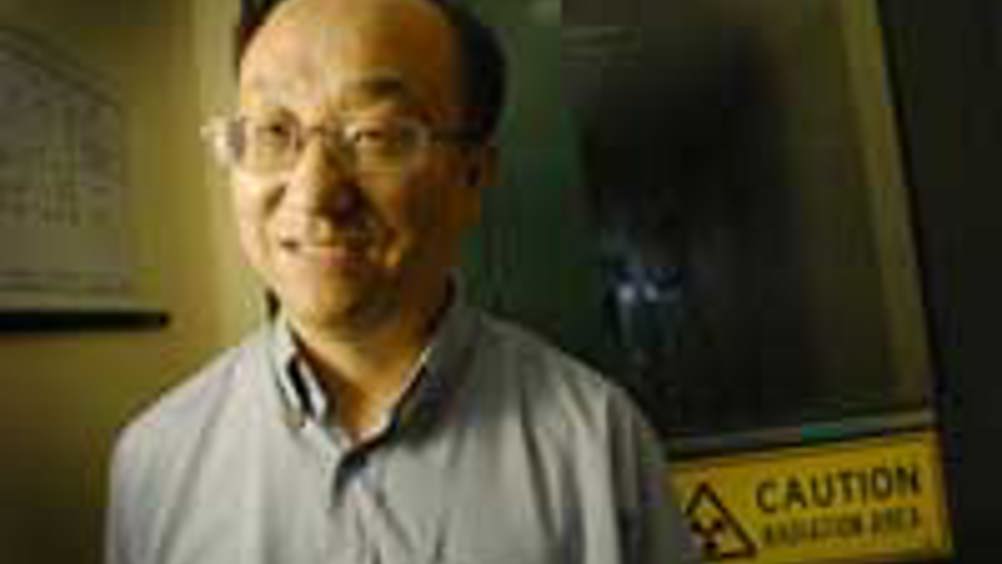Safe waste storage

Thanks to a team of Queensland University of Technology academics, radioactive waste may no longer be dangerous to store.
The team, led by associate professor Zhu Huai Yong from the School of Physical and Chemical Sciences, has created a material that has the potential to filter and safely lock away radioactive ions from waste water.
Zhu said effective measures to prevent radioactive contamination of the environment are greatly needed, as the world increases its reliance on nuclear energy.
He said: 'Water is used to cool nuclear reactors and during the mining and purification of nuclear material, so waste water is a big problem. For example, there is a lake in the US filled with millions of gallons of nuclear waste water. However, if waste is stored conventionally in lakes or steel containers, it may leak and pollute the land around it.'
Zhu said the team has discovered how to create nanofibres that are millionths of a millimetre in size and could permanently lock away radioactive cations by displacing the existing sodium ions in the fibre.
Register now to continue reading
Thanks for visiting The Engineer. You’ve now reached your monthly limit of news stories. Register for free to unlock unlimited access to all of our news coverage, as well as premium content including opinion, in-depth features and special reports.
Benefits of registering
-
In-depth insights and coverage of key emerging trends
-
Unrestricted access to special reports throughout the year
-
Daily technology news delivered straight to your inbox










Water Sector Talent Exodus Could Cripple The Sector
Maybe if things are essential for the running of a country and we want to pay a fair price we should be running these utilities on a not for profit...